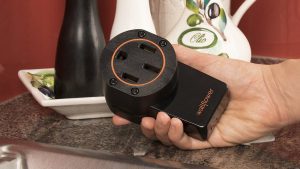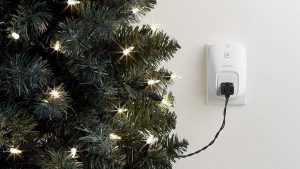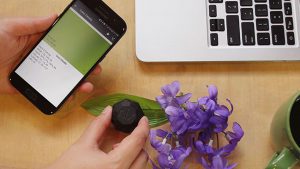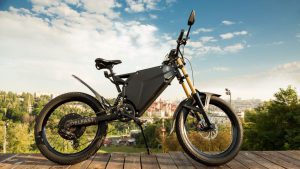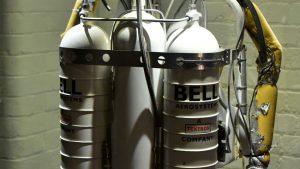How would you like to live in a house made completely from waste? The idea is not far from reality, considering the United States Patent and Trademark Office (USPTO) has granted a patent for an eco-friendly construction system that turns curbside waste materials into superior quality building products.
The sustainable construction system is the brainchild of Julee Herdt, a professor of architecture at the University of Colorado Denver (CU-Denver), and Kellen Schauermann, a former graduate student of CU-Denver.
A new product takes inspiration and for this invention, it stems from Herdt’s teaching program at CU-Denver, years of research, and input from the U.S. Department of Agriculture (USDA) Forest Products Laboratory.
Called Bio-Structural Insulated Panels, or BioSIPs for short, the system turns low-grade waste fibers into engineered panels that are lightweight, easy-to-assemble, and have predictable strengths for building walls, floors, roofs, and other construction projects.
Among the waste materials the system can convert are paper recyclables, like egg cartons, newspapers and cardboard boxes, discarded forest and agricultural products, wood waste, industrial help, and harmful weeds.
In developing the right processes, methods, and techniques to build strong, safe, and energy-efficient homes and buildings from waste materials, Herdt and Schauermann researched and developed various bio-based materials and products and put them to the test in their own homes and other projects.
Currently, Herdt is designing a tiny home in Boulder, Colorado, using BioSIPs, as well as other prototype ideas.
According to the inventors, the goal of the system is to create sustainable building materials to replace petroleum-based building products that harm the environment during their manufacturing process and live forever in the landfill.
BioSIPs, on the other hand, are valuable products created from society’s waste and divert tons of trash from the landfill.
Herdt and Schauermann founded BioSIPs Inc., in 2008 as a CU-Denver spin-off company to advance the research and development of bio-based materials and products.
Through a grant from the State of Colorado, they, along with other CU-Denver architecture students, constructed a building made entirely from BioSIPs in 2011. The building showcases bio-based furniture, ceiling panels, sliding walls, interior systems, and signage made from three and a half tons of waste fibers converted into BioSIPs. The boards were shaped into 3D structural insulated panels for the roof, walls, and floors.
Receiving a patent for a new product is a first for CU-Denver’s College of Architecture and Planning. Herdt continues to work with CU-Denver while bringing BioSIPs to the commercial market.
The two inventors in collaboration with John Hunt of the USDA Forest Products Lab have another patent pending with the USPTO. It seeks protection for a software application that would create multi-shaped BioSIPs and fiberboards that can bend, curve, and be formed into other shapes. The pending patent also protects their methods for enhancing all grades of waste fibers for the manufacturing of products.
Herdt’s BioSIPs inventions received Colorado’s Green Product of the Year award in 2013 from the U.S. Green Building Council.
She and her colleagues have proven that a house can, indeed, be built from curbside waste!



